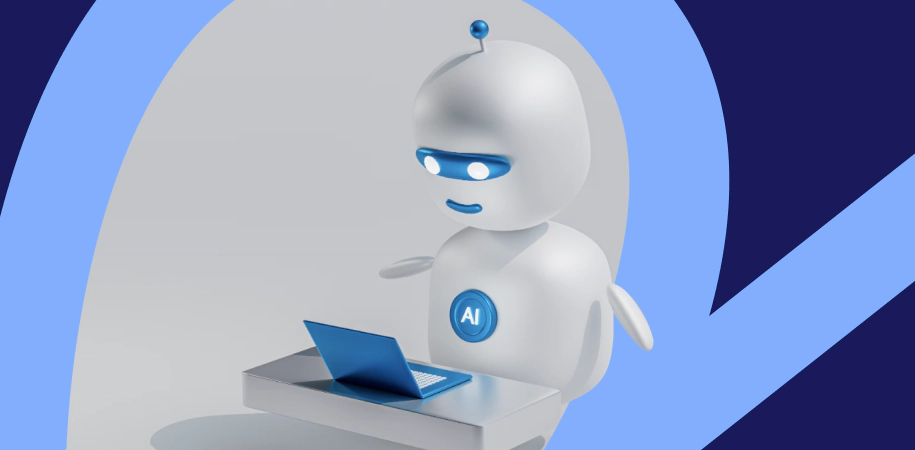Chatbots have come a long way since their initial emergence as unsophisticated tools with limited utility. Early chatbots were strictly rules-based systems relying on messy keyword searches and scripted responses that rarely offered value to customers. However, after years of refinement driven by advancing AI and machine learning, modern chatbots are integral customer service assets equipped for meaningful, engaging conversations that can resolve many issues without human intervention.
The evolution of chatbots in customer support has triggered a fundamental shift in consumer expectations. As customers demand efficient and empathetic interactions, chatbots must adapt to meet these evolving expectations. The future of chatbots in customer experience lies in their ability to provide exceptional support.
Chatbots’ basic beginnings
Chatbots have humble origins as straightforward troubleshooters. The initial iterations of these tools could handle simple, repetitive inquiries about topics like product details and order status. Since chatbots covered the high-volume FAQs, human agents were available for more complex service needs requiring empathy and nuance. The rules-based logic meant that basic personalization (think customer name, account recognition, partial purchase history) was possible very early on.
Prioritize personalization to drive excellent customer experiences
Those rudimentary levels of personalization pale compared to the personal details today’s chatbots can access and understand, and upping the personalization game is critical when over 70% of customers expect companies to deliver personalized interactions. Because of the advanced capabilities of AI and natural language processing (NLP), chatbots can meet and even surpass these high expectations.
Contemporary chatbots can analyze a customer’s dialog history and data to keep track of previous interactions and maintain conversational context over multiple sessions, allowing for follow-up questions, callbacks to earlier statements, and a better overall customer experience. Based on customer data like purchase history, demographics and stated preferences, chatbots can serve up personalized product suggestions, optimal plans or specialized content.
Bundle: The Ultimate Guides to Multilingual Customer Support
This bundle offering contains three guides covering how to best provide multilingual support over live chat, email, and chatbots.
Seamlessly integrate chatbots into your existing tech stack
AI and NLP abilities also allow today’s chatbots to parse complex questions with increasing accuracy. Since they can integrate with existing systems like CRMs and marketing automation systems, chatbots can leverage data patterns and cues to serve up hyper-customized solutions aligned not just with the words customers use, but the intent behind them. Sophisticated dialog management platforms enable multi-turn conversations, and sentiment analysis tools offer insights into customers’ emotions and the overall tone of the conversation.
Cutting-edge chatbots can also scale to support all markets as companies expand internationally, and there is technology available that will give your chatbots the needed context to make them effectively multilingual for global interactions. AI and NLP advancements enable bots to interpret and respond across all supported languages, and this accessible translation prevents businesses from needing to rebuild bots from scratch each time they enter a new market. The result is automated, localized guidance at a scale that drives locally relevant CX.
The power of people
Even with all this sophisticated technology, some customer queries are too sensitive or complicated for chatbots to handle. In these cases, the chatbot connects the customer with a human agent who can empathetically manage these conversations.
As AI capabilities evolve, blending automated and human support into a unified customer experience will become increasingly crucial. AI will power the contact centers of the future, but these centers will remain anchored by the irreplaceable emotional intelligence, creativity and relationship-building skills only people possess.
Future contact centers will also be multilingual, making it easier for businesses to reach a global audience. Want to learn more about how to deploy a multilingual chatbot? Contact Language I/O or request a demo to see how you can take your chatbot from mono- to multilingual.



